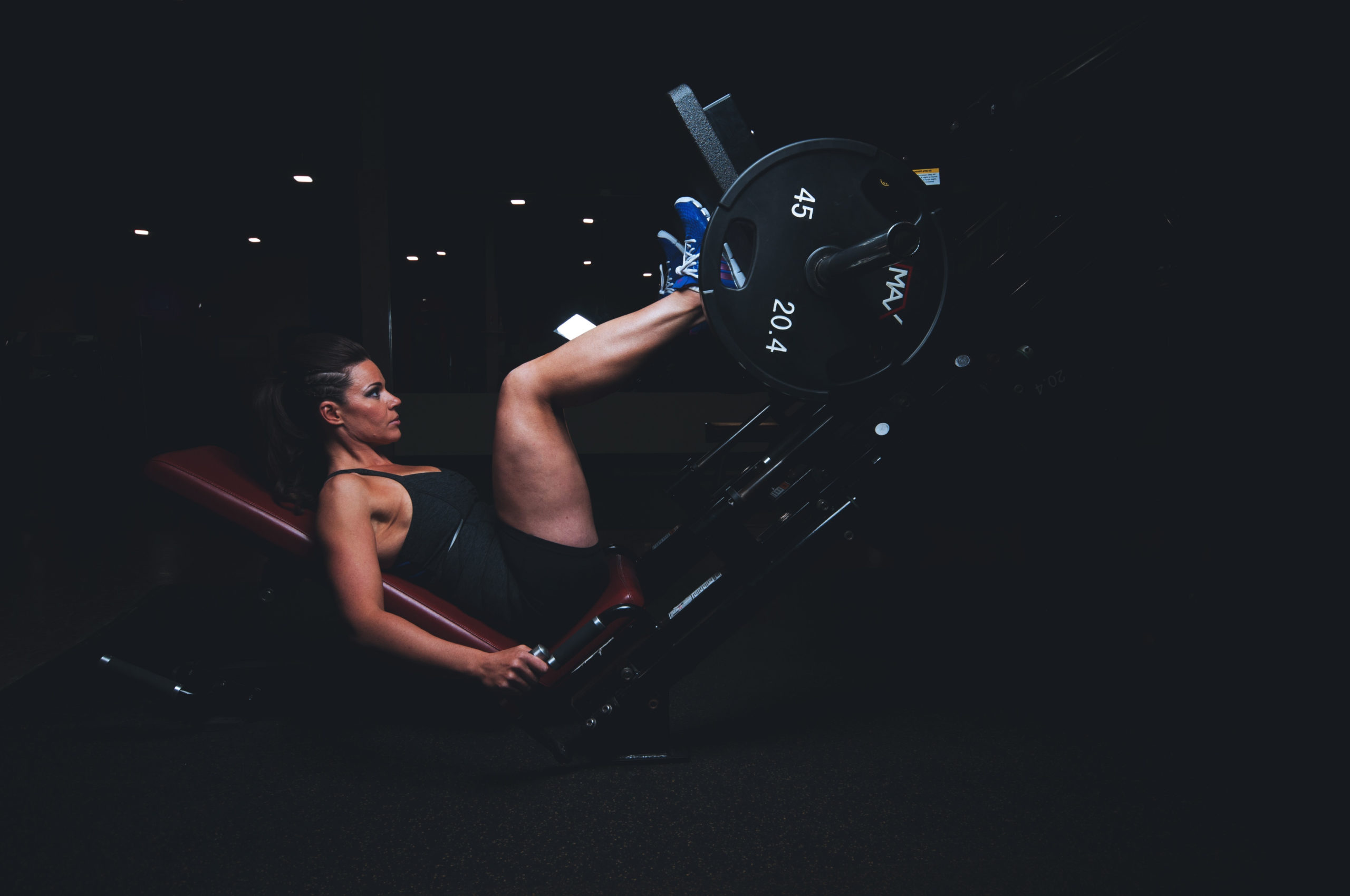What’s This Research About?
Most yogic breathing techniques aim to help with anxiety, tension, and relaxation. But breathing techniques can also boost athletic performance by increasing power output, strength, and even tolerance to extreme temperatures, the latter purported by the teachings of Wim Hof.
Several researchers have found increased power and strength using specialized breathing techniques such as a forceful exhalation, shouting, pranayama, or types of grunting used by Kiap in martial arts. One study found speed, power and aerobic capacity increased in a group of men following twelve weeks of pranayama breath training.
This research tested the effects of three yogic breathing techniques (Ujjayi, Bhastrika and Kapalabhati) on power output and compared the results to a control of normal breathing. Power output was analyzed while participants performed isokinetic leg extensions (extending the leg at a consistent speed) and pneumatic leg presses.
Hypothesis: Specific pranayama techniques would improve performance compared to normal breathing whether done before or during the test.

TITLE: Yoga Breathing Techniques Have No Impact on Isokinetic and Isoinertial Power
PUBLICATION: Journal of Strength and Conditioning Research
DATE: 2018
AUTHORS : Savannah Wooten, Nicholas Cherup, Nicolle Mazzei, Sharmeena Patel, Kiersten Mooney, Ali Rafiq, Joseph Signorile
Bhastrika: Similar to the Kapalabhati but both the inhale and exhale are rapid and forceful powered with the movement of the diaphragm.
Kapalabhati– Shallow, fast rhythmic breathing using abdominal muscles. There is a forceful exhalation pushing the abdominals inward, followed by a passive rapid inhalation.
Power output: a measure of combined speed and strength in athletic performance
Ujjayi: Inhaling and exhaling deeply with a constricted throat.

